Antique scientific instruments hold a special place in the history of science. They showcase human ingenuity and the pursuit of knowledge. Collectors and historians value these items for their craftsmanship and historical significance. This list highlights some of the most prized antique scientific instruments, detailing their descriptions, history, and worth.
Galileo’s Telescope
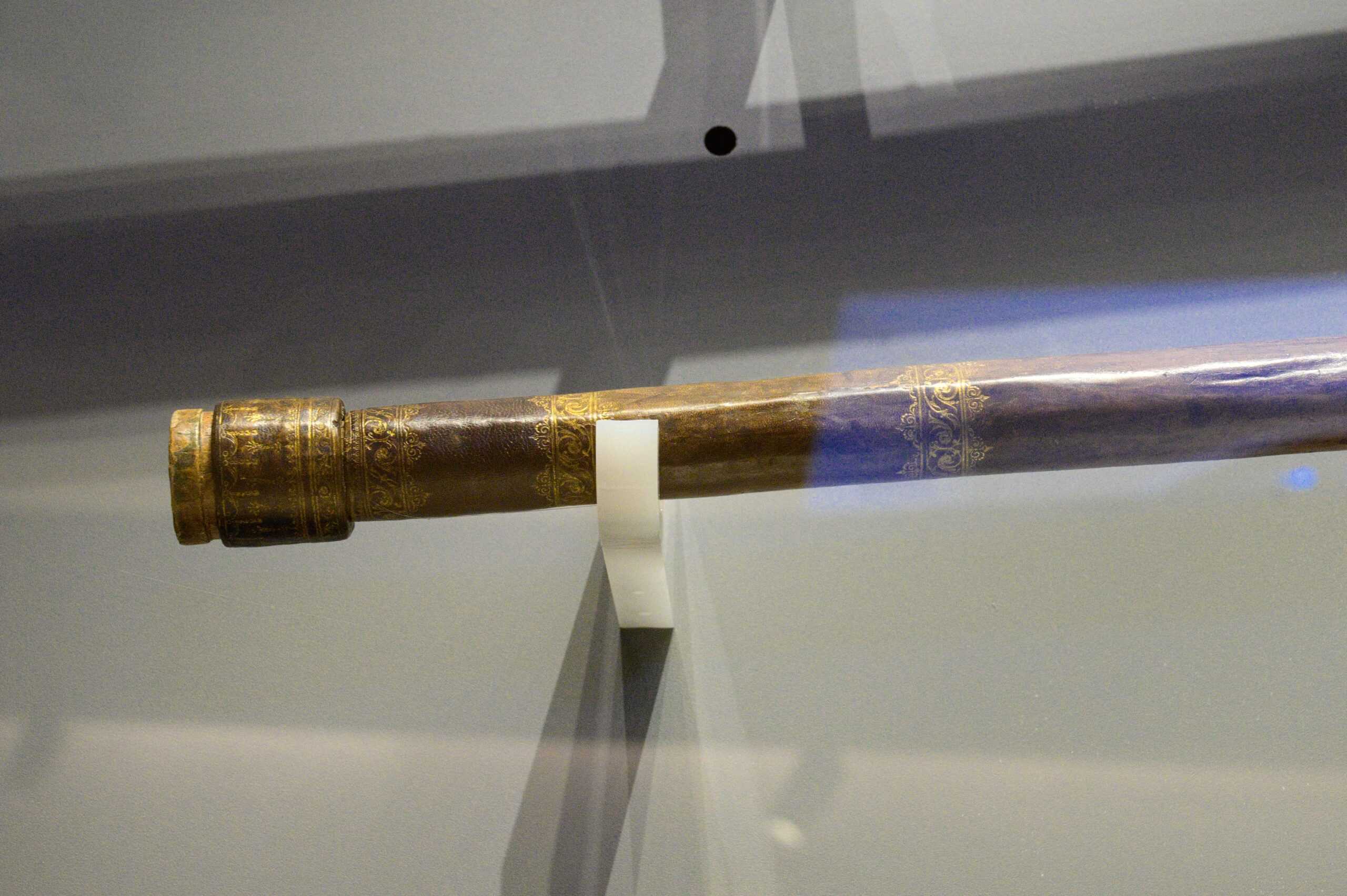
Galileo’s telescope revolutionized astronomy. It allowed for the first detailed observations of the moon, Jupiter’s moons, and the phases of Venus. Made in the early 17th century, Galileo’s telescopes were simple refracting instruments. Original telescopes made by Galileo are priceless historical artifacts. Their estimated worth can reach up to $10,000,000. These instruments represent a pivotal moment in scientific discovery. They are revered by historians and collectors alike.
Chronometer by John Harrison
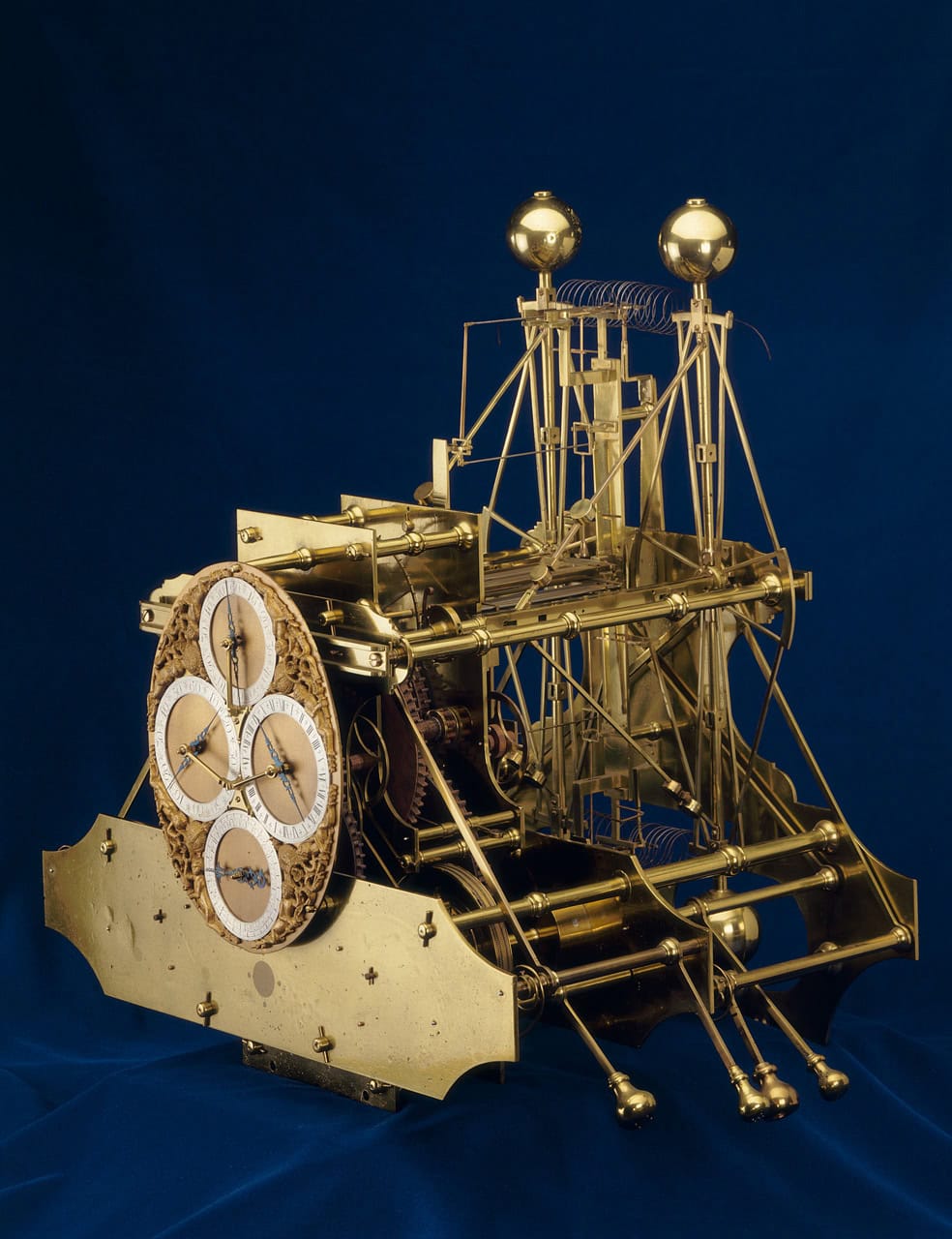
John Harrison’s chronometer was a breakthrough in timekeeping. It solved the problem of determining longitude at sea. Made in the mid-18th century, Harrison’s marine chronometers were highly accurate. Original chronometers by John Harrison are exceedingly rare. They can be worth up to $5,000,000. These instruments played a crucial role in maritime navigation. They are considered masterpieces of precision engineering.
Microscope by Antoni van Leeuwenhoek
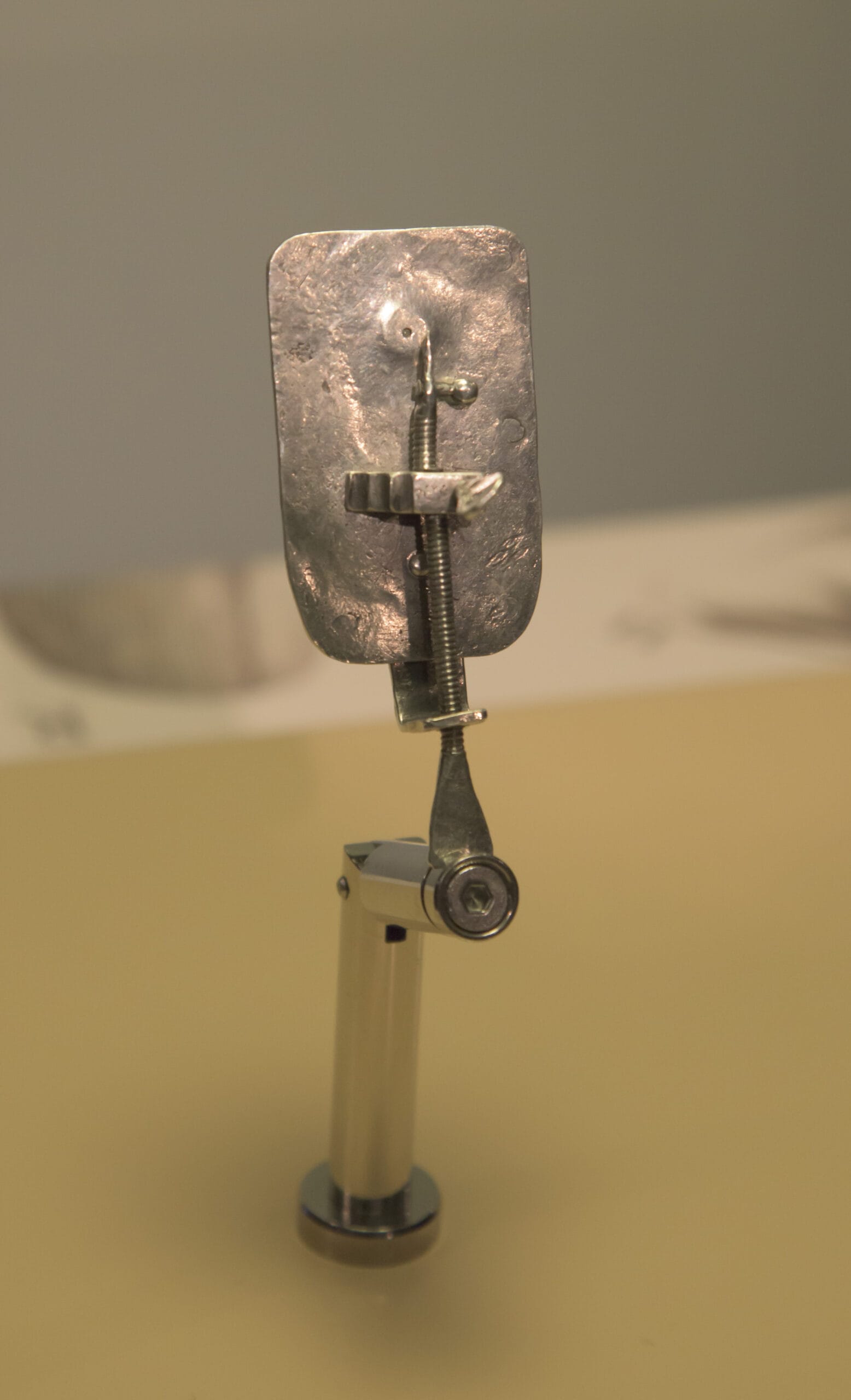
Antoni van Leeuwenhoek’s microscope is a groundbreaking scientific instrument. It allowed for the first observations of microorganisms. Made in the late 17th century, this simple yet powerful microscope consisted of a small glass lens mounted on a metal frame. Original microscopes by van Leeuwenhoek are extremely rare and valuable. They can be worth up to $500,000. These instruments mark a significant advancement in the field of microbiology. Collectors and museums highly covet them.
Orrery
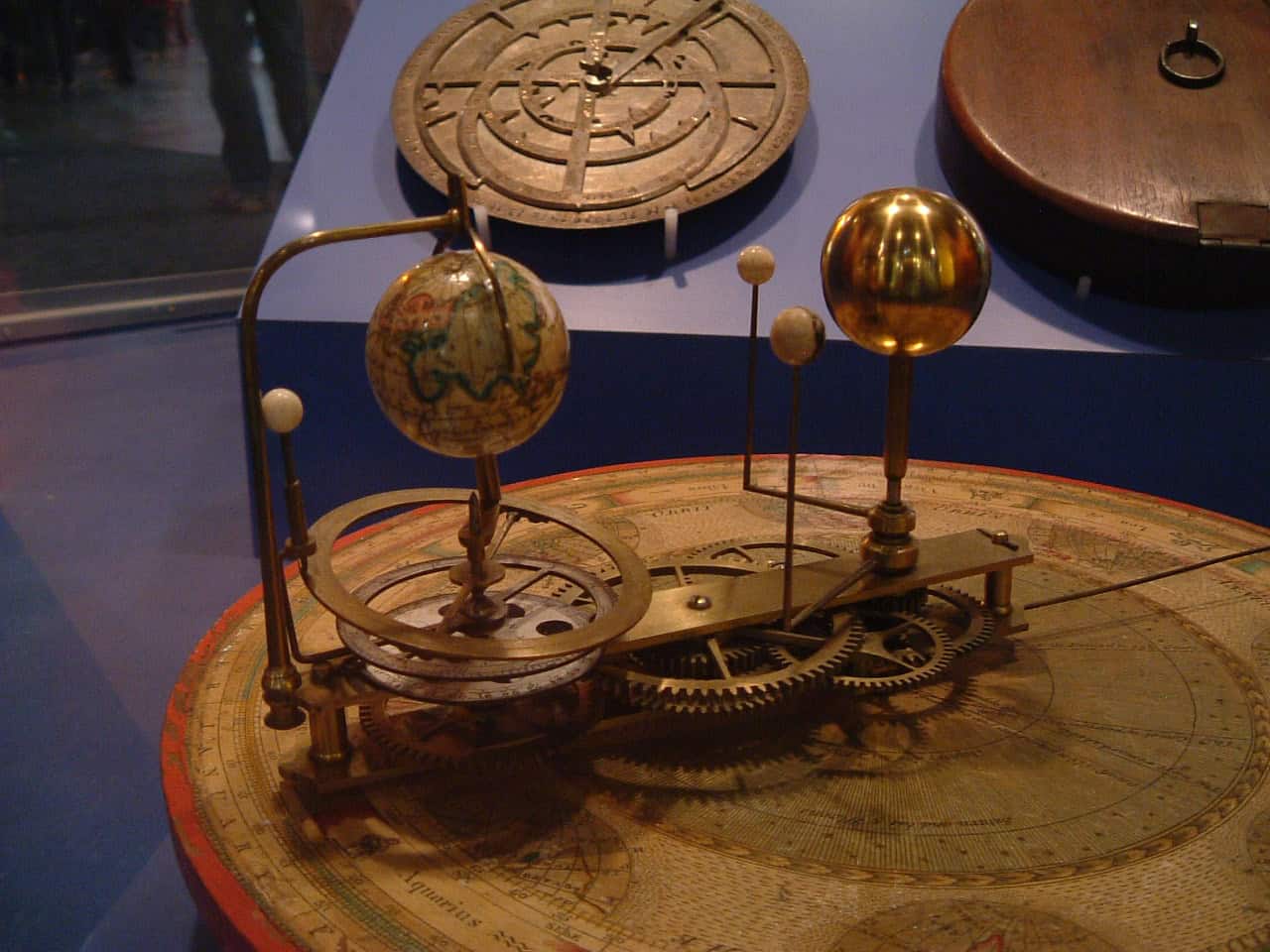
An orrery is a mechanical model of the solar system. It demonstrates the motion of planets around the sun. These devices are beautifully crafted, often from brass and wood. The first known orrery was made in the early 18th century. Orreries can be quite valuable. Prices range from $10,000 to $250,000, depending on the complexity and age. Collectors and science enthusiasts treasure these elegant pieces. They symbolize the enlightenment era’s fascination with astronomy.
Astrolabe
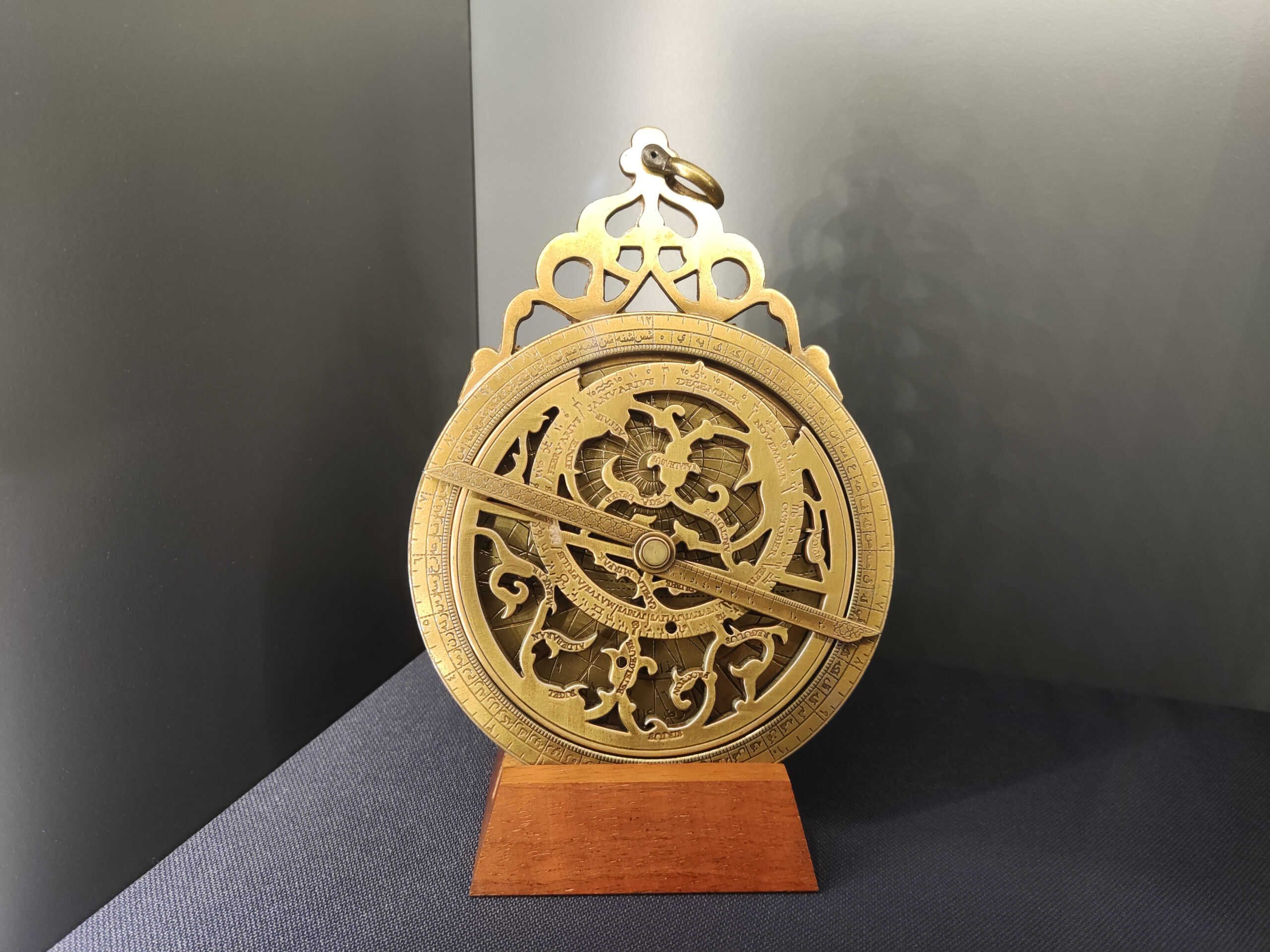
The astrolabe is an ancient astronomical tool used for solving problems related to time and the position of the stars. Made of brass or iron, it features intricate engravings. Astrolabes date back to the 6th century and were used by astronomers and navigators. They were particularly popular in the Islamic Golden Age. The worth of an astrolabe varies greatly. Rare and well-preserved examples can fetch up to $150,000 at auctions. Their value depends on age, condition, and provenance.
Armillary Sphere
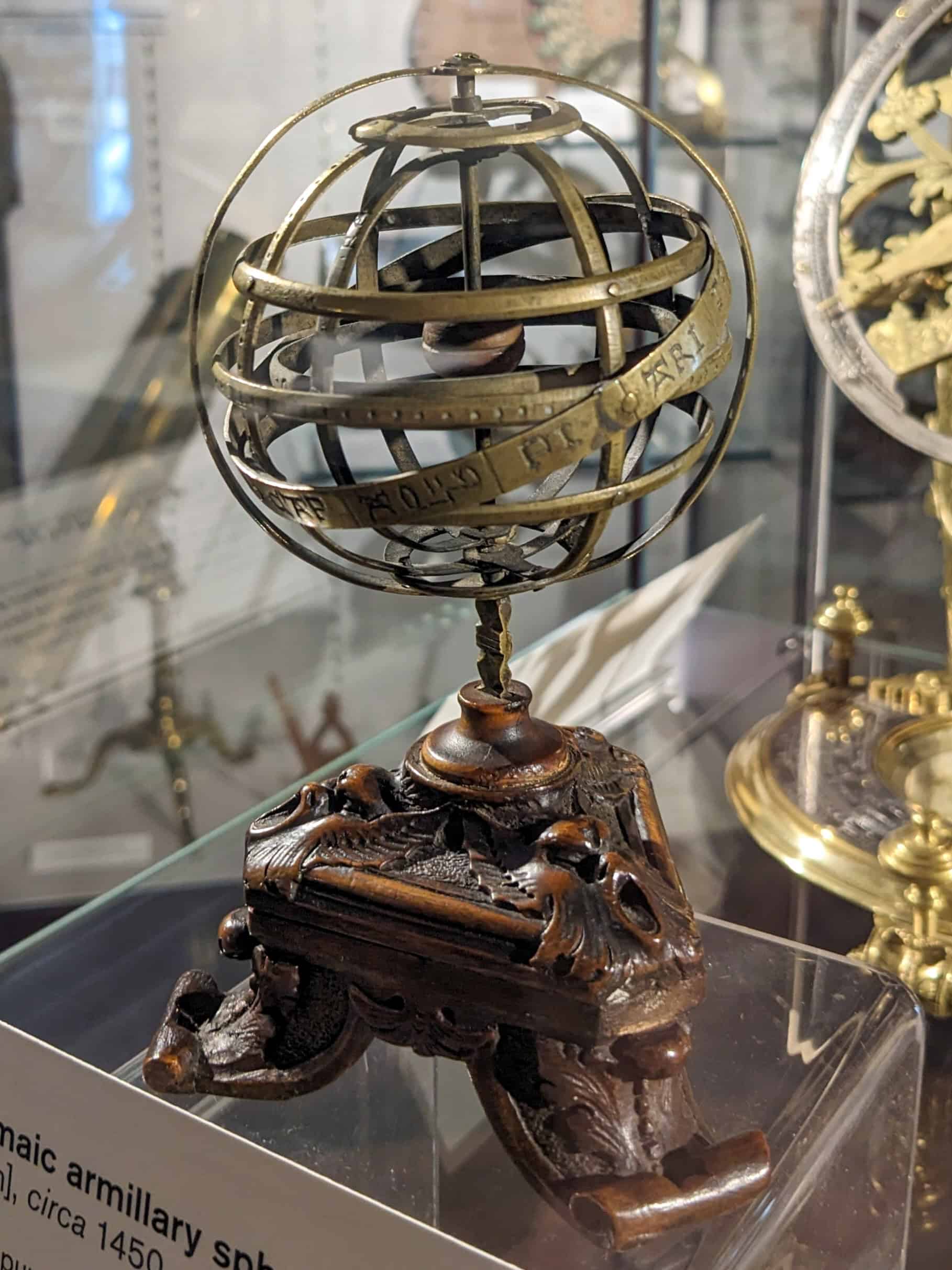
An armillary sphere is a model of objects in the sky, consisting of a spherical framework of rings. It represents the great circles of the heavens. These instruments were used by astronomers and navigators from ancient times to the Renaissance. Armillary spheres are highly valued by collectors. Prices can range from $10,000 to $100,000. The value depends on the age, craftsmanship, and condition. These beautiful and intricate devices are symbols of ancient and medieval astronomy.
Foucault Pendulum
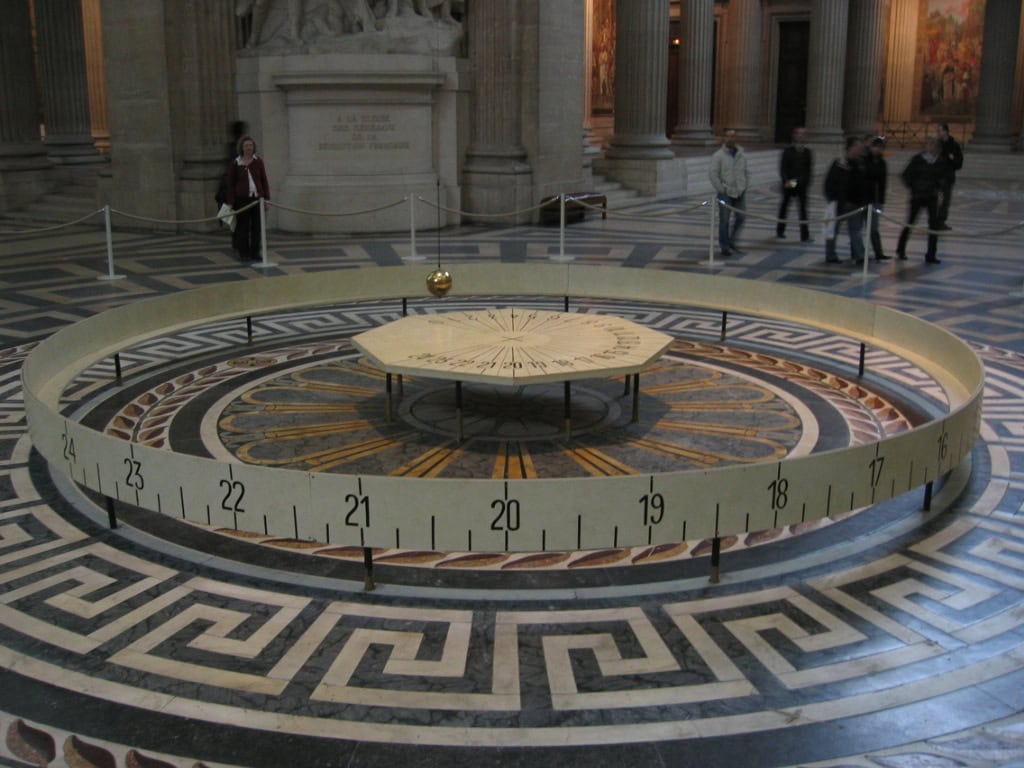
The Foucault Pendulum is an experimental device that demonstrates Earth’s rotation. It was introduced by French physicist Léon Foucault in 1851. The pendulum consists of a large mass suspended from a long wire. Its plane of oscillation shifts over time due to Earth’s rotation. Antique Foucault Pendulums are rare and valuable. Prices range from $30,000 to $100,000. These instruments are cherished for their educational and scientific significance. They are iconic symbols of 19th-century physics.
Edison Phonograph

The Edison Phonograph was the first device to record and reproduce sound. Invented by Thomas Edison in 1877, it used a tinfoil-wrapped cylinder. This invention revolutionized the way sound was captured and played back. It marked the beginning of the audio recording industry. Original Edison Phonographs are highly prized. They can be worth between $20,000 and $100,000. Collectors and museums value these instruments for their groundbreaking technology. They are iconic pieces of audio history.
Sextant
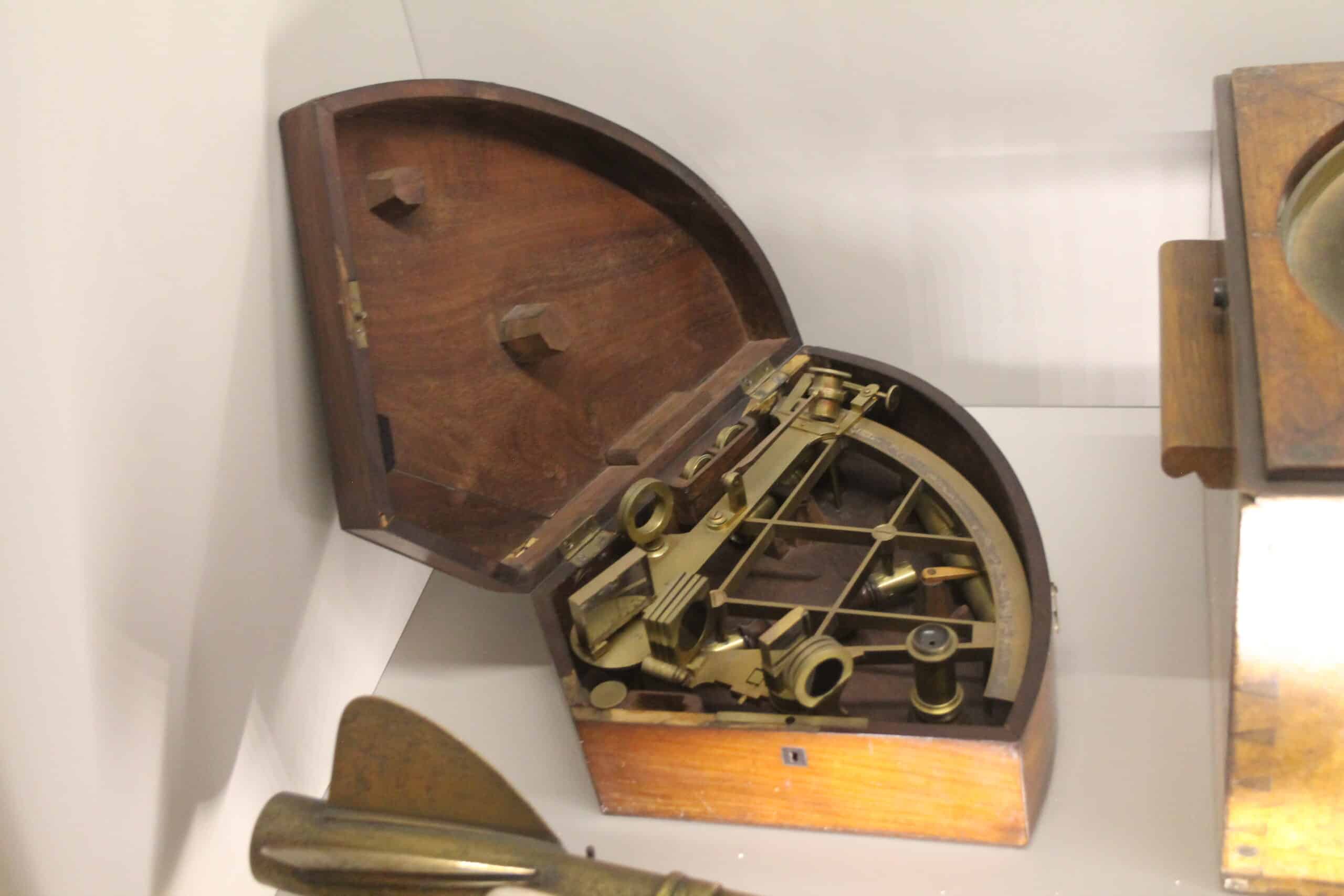
The sextant is a navigational instrument used to measure the angle between two visible objects. This tool was essential for sailors to determine latitude at sea. Sextants are made of brass and feature mirrors and an arc of a circle. Sextants from the 18th and 19th centuries are highly collectible. Well-preserved examples can sell for $5,000 to $50,000. Their historical significance and precision craftsmanship make them valuable. Collectors seek them for their maritime heritage.
Theodolite
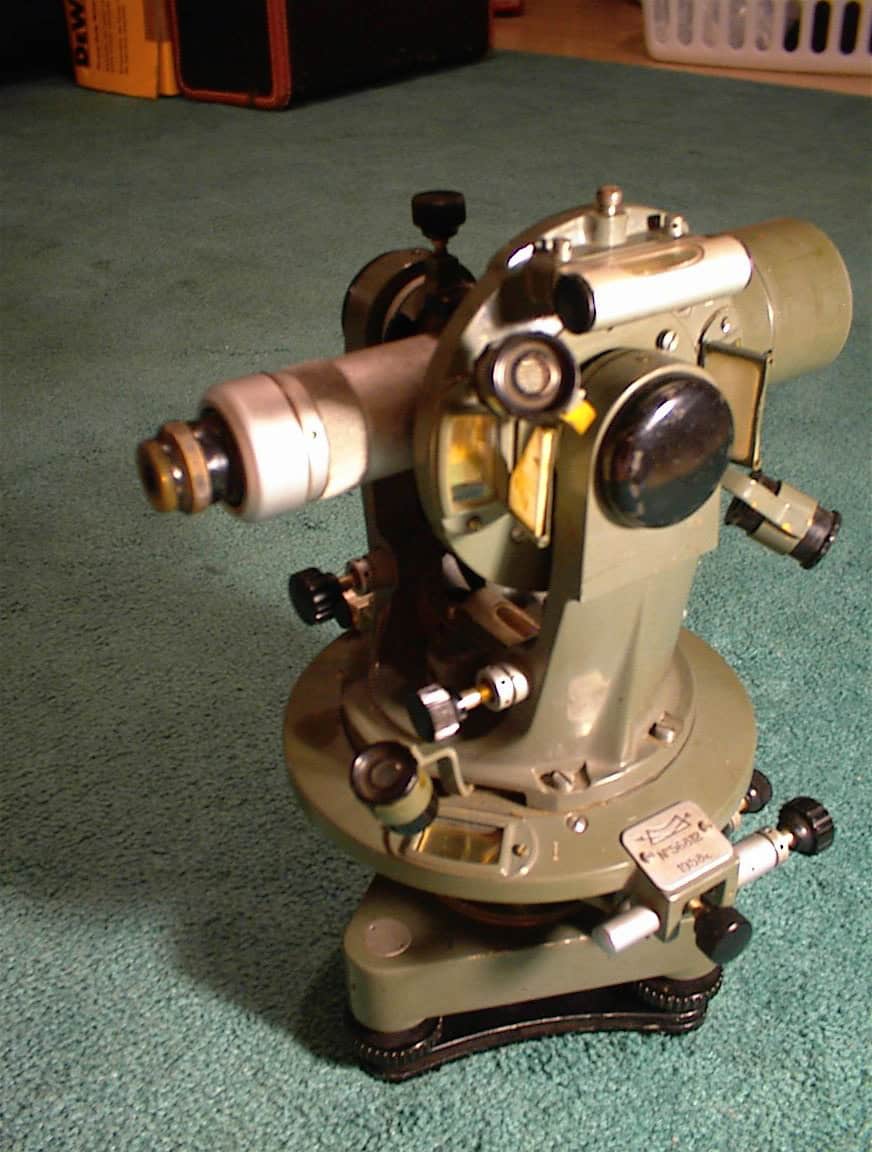
A theodolite is a precision instrument used for measuring angles in horizontal and vertical planes. It is essential for surveying and engineering work. Theodolites are made of brass and feature a rotating telescope. Antique theodolites are highly collectible. Prices can range from $10,000 to $50,000, depending on age and condition. These instruments are valued for their accuracy and historical significance. Surveyors and collectors appreciate their craftsmanship.
Voltaic Pile
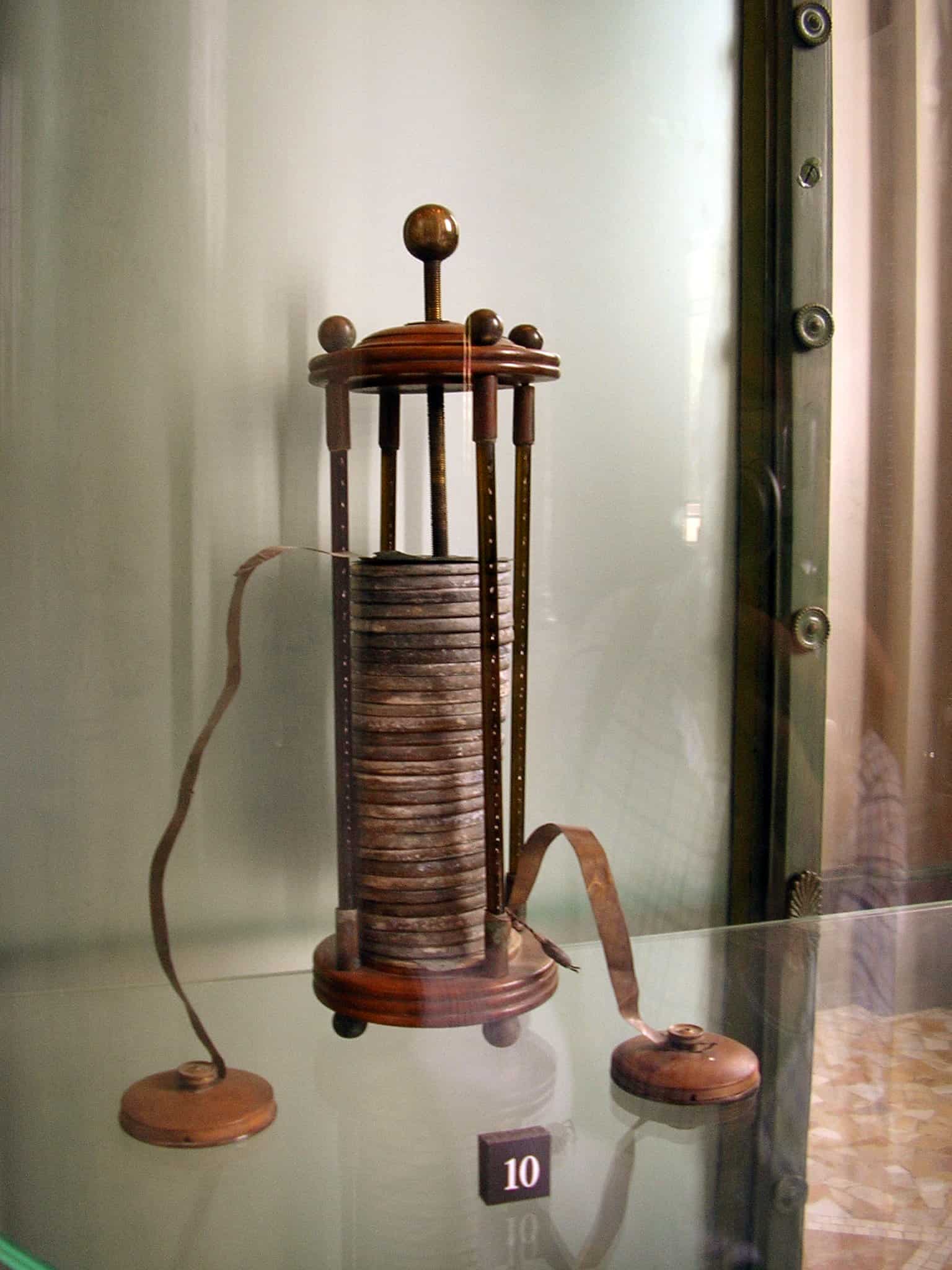
The Voltaic Pile was the first chemical battery capable of producing a continuous electric current. It was invented by Alessandro Volta in 1800. This device consisted of alternating discs of zinc and copper separated by pieces of cardboard soaked in saltwater. Antique Voltaic Piles are highly valuable. They can be worth between $15,000 and $50,000. These instruments are prized for their groundbreaking contribution to electrochemistry. Collectors and scientists value them highly.
Electrostatic Generator

An electrostatic generator is a device that produces static electricity. It was widely used in experiments during the 18th and 19th centuries. One of the earliest types is the Van de Graaff generator, invented in 1929 by Robert J. Van de Graaff. These generators were crucial in studying electrostatics. Antique electrostatic generators are highly collectible. Prices can range from $10,000 to $50,000. Their worth depends on condition and historical importance.
Van de Graaff Generator
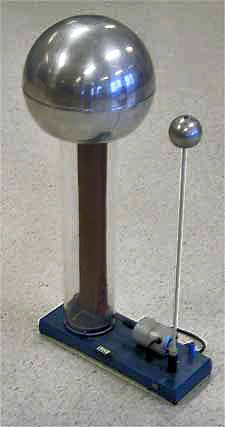
The Van de Graaff generator is an electrostatic machine that creates high voltages. Invented by Robert J. Van de Graaff in 1929, it consists of a moving belt that accumulates electric charge on a hollow metal globe. This device is used in physics research and education. Antique Van de Graaff generators are sought after by collectors. Prices range from $10,000 to $40,000. These instruments are valued for their scientific significance. They are symbols of advancements in high-voltage research.
Atwood’s Machine
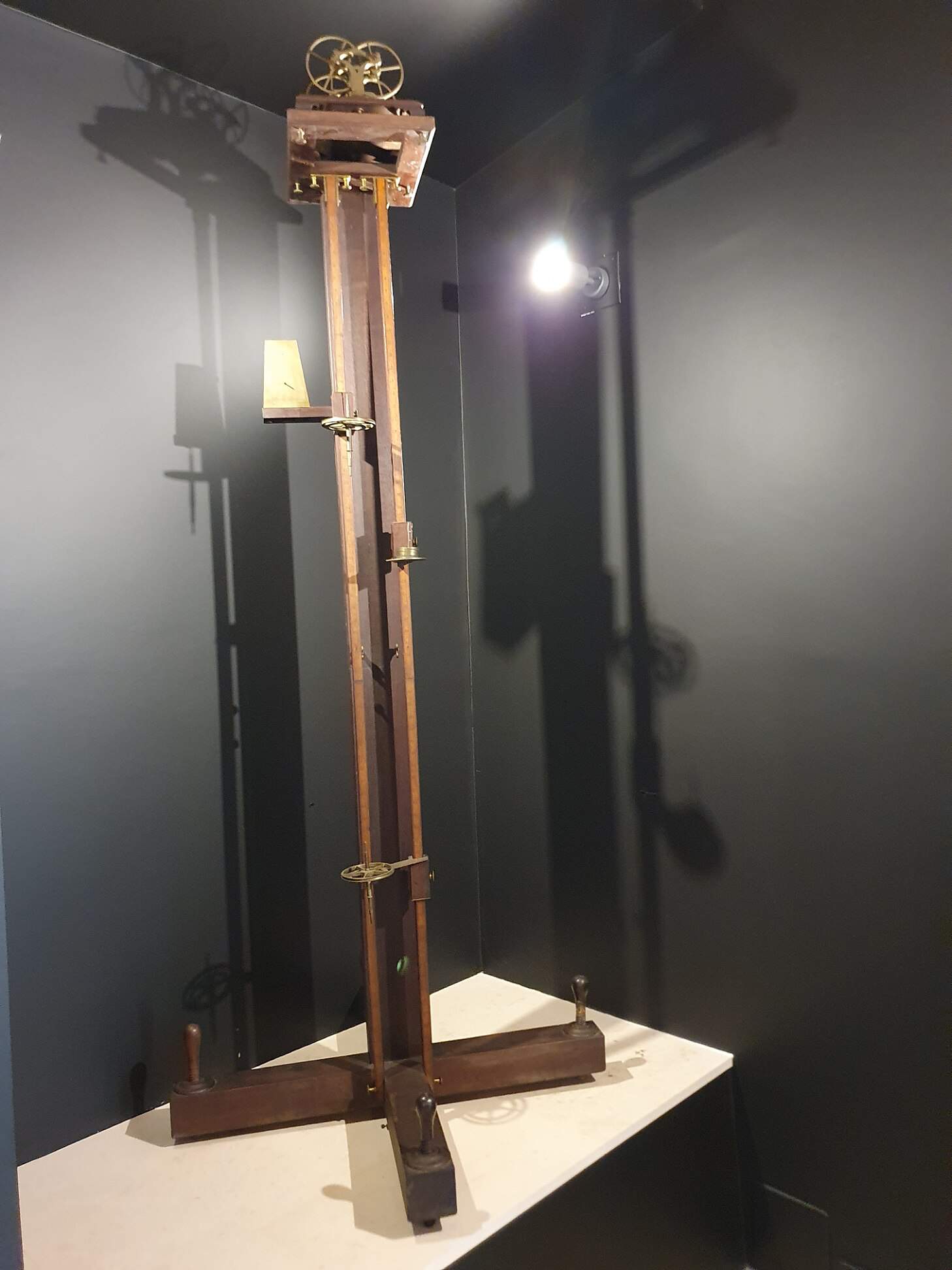
Atwood’s Machine is a device used to demonstrate basic principles of dynamics and acceleration in physics. Designed by George Atwood in 1784, it consists of a pulley system with weights. This instrument helped in understanding Newtonian mechanics. It was widely used in educational institutions. The value of Atwood’s Machines varies. Well-preserved examples can fetch between $5,000 and $15,000. Collectors and educators prize these instruments for their historical and educational significance. They remain a symbol of early scientific education.
Aneroid Barometer
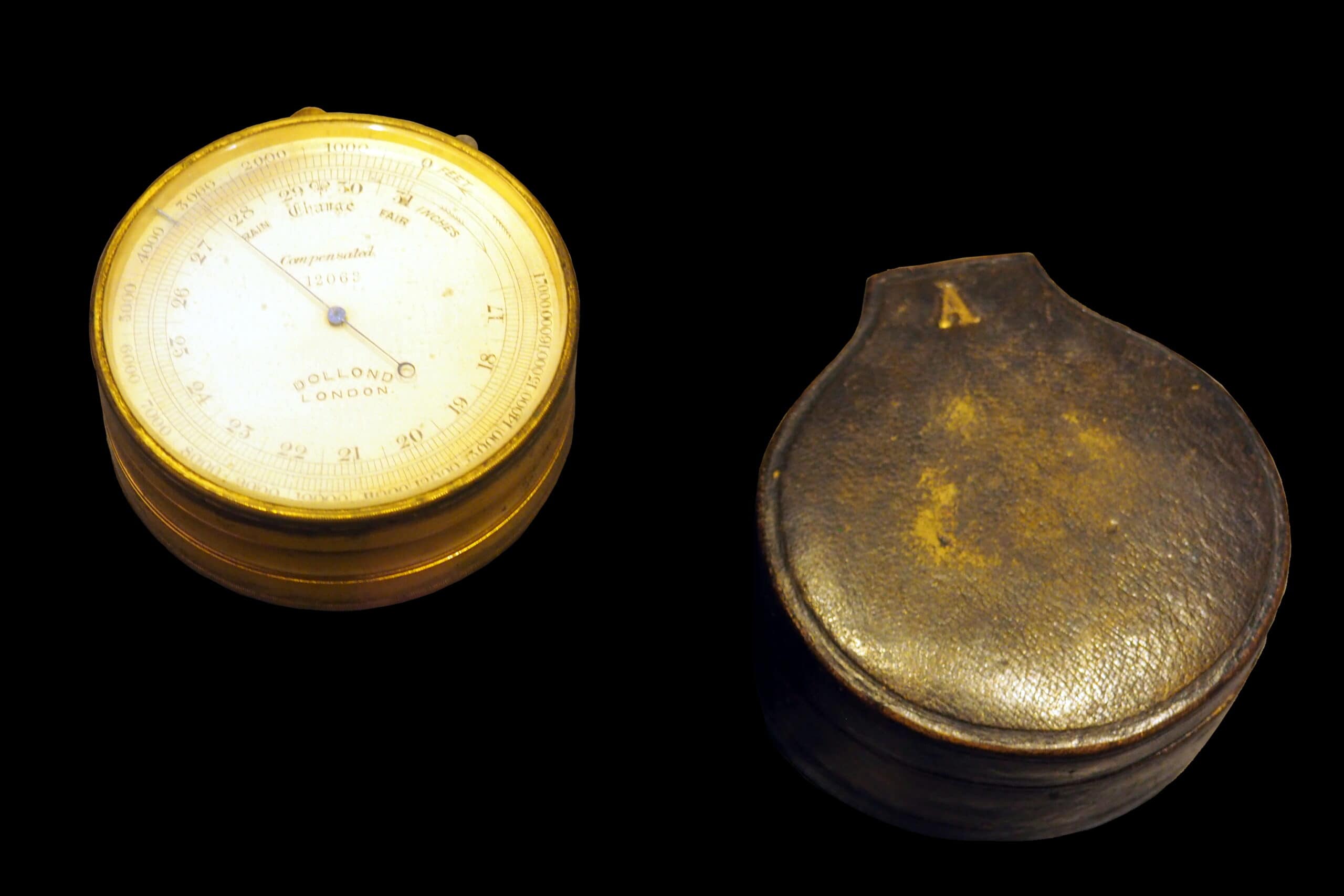
An aneroid barometer measures atmospheric pressure without using liquid. It was invented by Lucien Vidi in 1844. The instrument uses a small, flexible metal box called an aneroid cell. Changes in atmospheric pressure cause the cell to expand or contract. Aneroid barometers from the 19th century are collectible. Their value ranges from $1,000 to $5,000. These instruments are prized for their precision and historical importance. They are key pieces in the history of meteorology.
This article originally appeared on Rarest.org.
More from Rarest.org
17 Unique Species of Bats

Bats are some of the most diverse and fascinating creatures on the planet, with over 1,300 species exhibiting a wide range of sizes, shapes, and behaviors. Read More.
9 Record-Breaking Sales of Vintage Corvettes
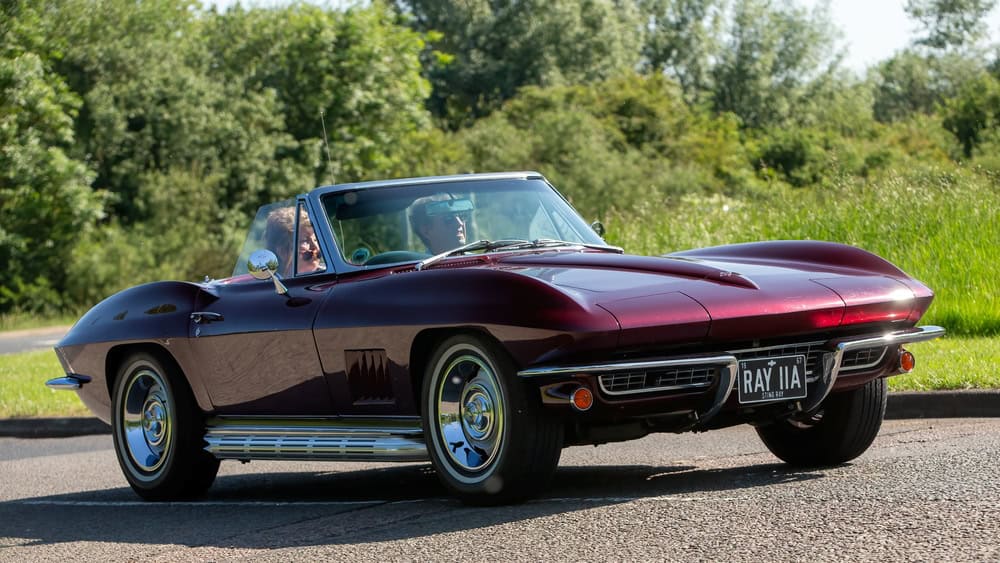
Vintage Corvettes are some of the most sought-after cars in the collector’s market, known for their iconic design, powerful performance, and rich history. Read More.
12 Most Lucrative College Football Programs

College football is not just a game; it’s a significant revenue driver for many universities across the United States. Read More.
